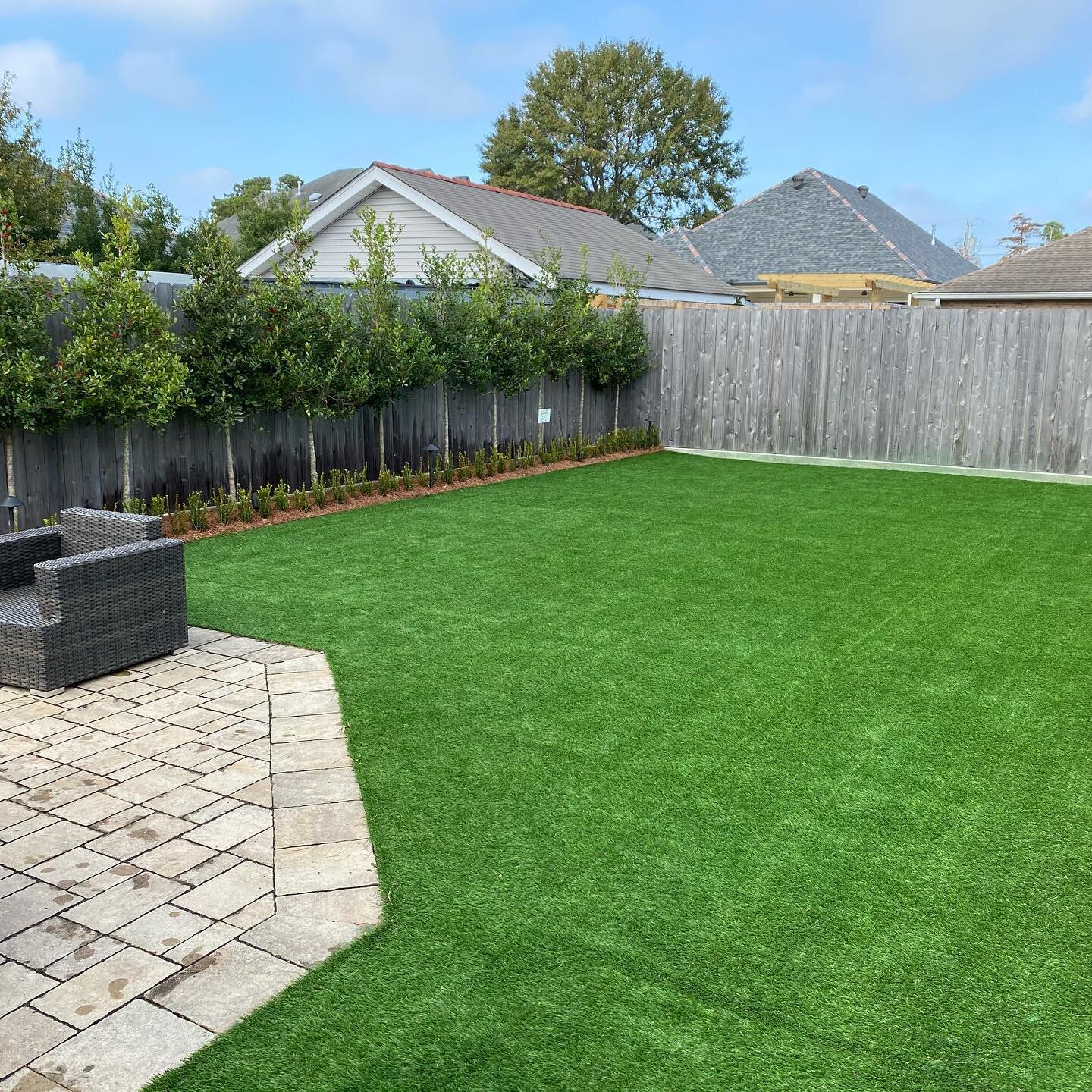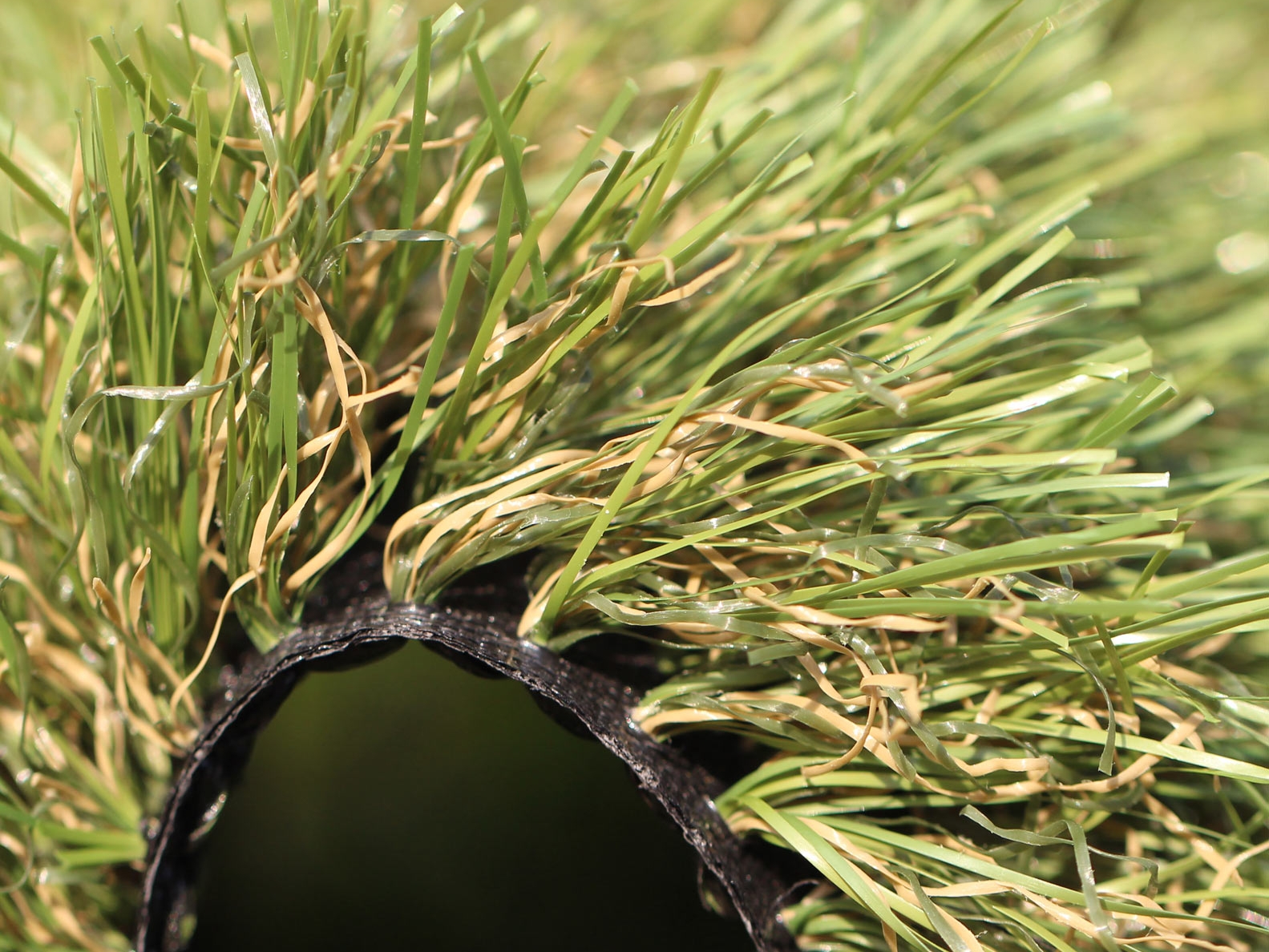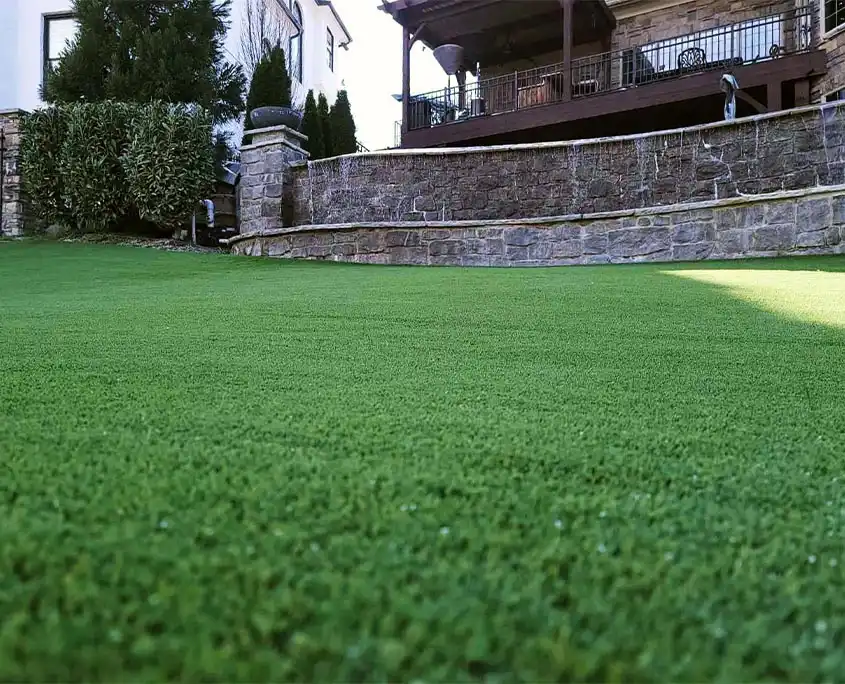Choose the Top Turf Installation Phoenix AZ Solutions for Your House or Commercial Property
Choose the Top Turf Installation Phoenix AZ Solutions for Your House or Commercial Property
Blog Article
Explore the Environmental Perks of Opting for Synthetic Grass Solutions
The adoption of synthetic grass solutions presents a compelling chance to attend to pressing environmental obstacles. By substantially lowering water usage and lessening the application of damaging chemicals, these alternatives not only advertise sustainable landscaping yet likewise secure neighborhood environments. Moreover, the lower carbon impact linked with decreased upkeep activities adds to a much more lasting method to land management. The implications of these advantages expand beyond simple preservation initiatives, elevating concerns about their long-term impact on environment conservation and overall eco-friendly equilibrium. Exploring these measurements exposes a complicated interaction worth considering.
Water Conservation Advantages
One of the most substantial benefits of synthetic turf is its capacity to save water. In comparison, fabricated lawn does not need watering, considerably decreasing the general demand for water sources.
By getting rid of the need for routine watering, synthetic grass contributes to lasting landscape techniques and assists reduce the environmental impact of too much water usage. The conservation of water prolongs to the decrease of drainage, which can lead to soil erosion and river pollution.
In addition, the setup of fabricated lawn enables homeowners and districts to designate water sources more successfully, focusing on necessary uses such as drinking water and agriculture. The change towards artificial grass not only promotes responsible water usage but additionally aligns with more comprehensive environmental objectives focused on protecting natural deposits.
As neighborhoods significantly prioritize sustainability, the water preservation benefits of synthetic grass offer a compelling situation for its adoption in commercial and residential landscaping tasks.
Minimized Chemical Usage
The change to synthetic grass considerably lowers the reliance on chemical therapies typically utilized in all-natural yard maintenance. Traditional lawn administration typically includes the application of pesticides, herbicides, and plant foods to advertise growth and control parasites. These chemicals can posture risks to human health and wellness, local wildlife, and the setting, adding to dirt and water contamination.
In comparison, fabricated lawn removes the need for these dangerous materials. By minimizing the launch of artificial compounds into the ecosystem, synthetic turf advertises much healthier dirt and water systems.
Additionally, the lack of chemical overflow associated with artificial grass installments aids safeguard regional rivers from air pollution, supporting aquatic life and keeping biodiversity. Artificial turf companies phoenix. As communities significantly focus on sustainable techniques, deciding for man-made lawn provides a viable service that aligns with ecological preservation objectives. With this change, home owners can delight in lavish environment-friendly rooms without compromising eco-friendly wellness, leading the way for a more sustainable future
Reduced Carbon Footprint

Furthermore, the setup of synthetic grass can cause substantial water conservation. Natural grass need considerable amounts of water for watering, which not just contributes to the carbon impact connected with water removal and therapy yet likewise pressures regional water sources. In contrast, fabricated grass requires very little maintenance, needing no watering, therefore significantly reducing water usage and its associated energy prices.
Furthermore, the long life of synthetic grass contributes to its reduced carbon influence. With a lifespan of up to 15 years or more, the need for regular replacements is diminished, causing much less waste and reduced power intake in manufacturing and getting rid of his explanation conventional grass alternatives. On the whole, fabricated turf presents a sustainable choice for environmentally mindful landscaping.
Habitat Conservation
Environment preservation is an important consideration in the debate over landscaping choices, particularly when contrasting artificial lawn to natural turf. Natural yard lawns often require comprehensive maintenance, including making use of fertilizers, pesticides, and herbicides, which can detrimentally impact regional communities. These chemicals can seep into the dirt and waterways, damaging native plants and animals and interfering with neighborhood habitats.
Fabricated lawn gets rid of the need for hazardous chemicals, thus safeguarding nearby wild animals and maintaining the integrity of bordering communities. The setup of fabricated turf can lead to the conversion of previous lawn areas into even more biodiverse landscapes, such as pollinator yards or indigenous plant locations, which can sustain neighborhood wild animals.
Eventually, the change to synthetic grass not just conserves water and reduces maintenance efforts however additionally promotes an extra harmonious partnership between human activities and the natural surroundings, advertising environment conservation at the same time.
Long-Term Sustainability
Long-lasting sustainability is an important consider assessing the benefits of synthetic grass see here over traditional turf yards. One of one of the most significant benefits of fabricated turf is its toughness; it can last approximately 15-20 years with very little upkeep, whereas all-natural turf calls for constant reseeding and substitute. This longevity lowers the need for constant sources, such as water, plant foods, and pesticides, which are essential for maintaining a healthy grass lawn.
Additionally, artificial grass adds to a reduction in carbon discharges connected with grass treatment equipment. Conventional yards typically call for gas-powered mowers, trimmers, and blowers, all of which add to air contamination. Arizona turf. On the other hand, artificial turf gets rid of the need for such equipment, advertising a cleaner setting
Moreover, the production of fabricated grass increasingly utilizes recycled materials, boosting its sustainability account. As producers embrace environment-friendly methods, the ecological footprint of synthetic grass continues to reduce.

Verdict
The adoption of synthetic grass services provides considerable ecological advantages, consisting of substantial water preservation, decreased reliance on harmful chemicals, and a lower carbon footprint. Furthermore, synthetic grass aids in maintaining natural habitats by lessening land disturbance and advertising lasting sustainability with using long lasting materials. Jointly, these factors highlight the capacity of synthetic grass to contribute positively to environmental health and use a feasible alternative to standard landscaping methods in a progressively resource-conscious globe.
In comparison, fabricated lawn does not need watering, dramatically minimizing the overall link need for water sources. By reducing the launch of artificial substances right into the ecological community, man-made turf promotes healthier soil and water systems.
Additionally, the installment of fabricated grass can result in substantial water conservation. In contrast, synthetic grass needs marginal upkeep, calling for no watering, thus considerably minimizing water usage and its linked energy costs.

Report this page